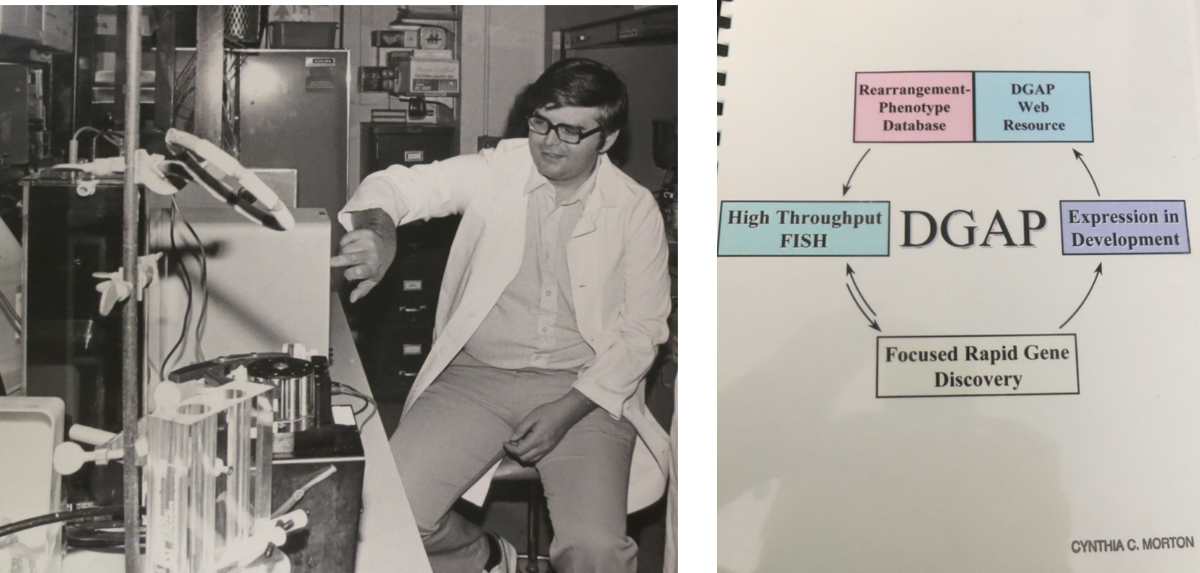Past and present of human genomics at the National Institutes of Health
Blog content
The TRANSGENE project was invited to a workshop organised by the National Human Genome Research Institute of the United States (NHGRI) to explore both historical perspectives and present-day prospects of genomics research. The meeting gathered academic scholars and administrators involved in past and present NHGRI initiatives, such as the Human Genome Project, ENCODE and the Electronic Medical Records and Genomics (eMERGE) Network. This created a rare opportunity for dialogue between historians and social scientists investigating genomics and the managers that run the day-to-day activity of the objects of their fieldwork. The conversations were incredibly productive and tackled issues that are normally not addressed in purely academic conferences. One that was particularly relevant for the TRANSGENE project was the transition from physical mapping to sequencing in the centres that the NHGRI sponsored as part of the Human Genome Project.
Eric Green, the director of the NHGRI, led a group conversation with the workshop participants in which as well as reviewing the Institute’s current initiatives to improve the medical translation of genomic data, he also evoked his early days in chromosome mapping at Washington University in Saint Louis. His contribution was accompanied by other presentations addressing more recent technologies and projects that seek to achieve clinical impact, such as CRISPR-Cas9 gene editing or the Cancer Genome Atlas. There was also space for placing human genomics and post genomics into a longer-term genealogy, one that started with T.H. Morgan’s genetics of the fruit fly Drosophila melanogaster, and continued with the development of molecular biology and the emergence of the biotechnology industry. A common element of Morgan, the early start-up biotechnology companies and the founders of molecular biology – among them James Watson, first director of the NHGRI – was their belief in the power of genes for predicting hereditary diseases and other physical or behavioural traits.
The workshop was held at the NHGRI headqurters in Bethesda, close to Washington DC. It was organised within the Institute’s History of Genomics Program and led by Cristopher Donohue and Kris Wetterstrand.
Before attending, Miguel Garcia-Sancho, PI and workshop delegate from the TRANSGENE project, visited Boston to conduct oral histories and investigate the archives of the Massachusetts General Hospital (MGH). This Hospital, along with the Harvard Medical School (HMS), features as especially active in human DNA sequencing in the project’s publication data. One of the areas of interest of both the MGH and HMS was human chromosome 7, the same that Eric Green mapped and sequenced first at Washington University and then at the NHGRI.

